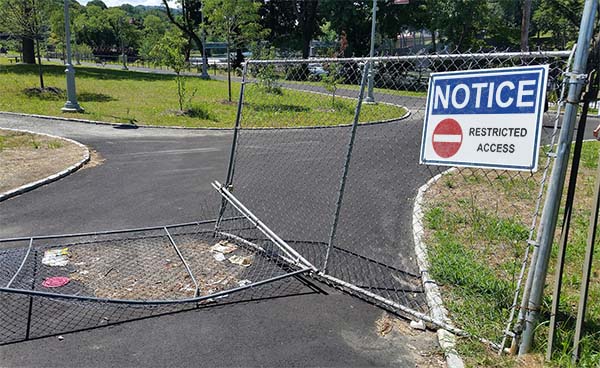
Whether you’re developing a new online course or teaching an existing one, now is the time to start making your course accessible to people with disabilities.
Why should you make your course accessible?
Your institution might require all courses to be accessible. If it does not, it very likely will in the near future. The Americans with Disabilities Act (ADA) of 1990 provides civil rights protections to people with disabilities. It was created before widespread use of the Internet and does not mention anything about websites. However, in more recent years, the ADA has increasingly been applied to websites, internet-based programs, and services, which includes online courses. Many lawsuits have been successfully filed against high profile businesses, individuals, and learning institutions for failing to comply with accessibility requirements.
According to a 2016 report by the Centers of Disease Control and Prevention (CDC), 25% of adults and 40% who are 65 and older have a disability. Making your course accessible provides them with equal access with the added benefit of increasing your market of potential students.
Instructors have often asked me, “Why do I have to make my course accessible if I don’t have any students with disabilities in my course?” The answer is that in addition to the fact that it’s the law, you don’t really know for sure if any students have disabilities. A student might choose not to disclose that he/she has a disability, and in many states, is not required to do so. Also, students often rely on the help of parents and others with school work and other tasks, and they could have a disability. Even if there is no student with a disability enrolled in the current run of your course, that could change in future runs. It is better to make your course accessible now rather than putting it off.
I previously published another post, Making your website accessible to people with disabilities helps everyone. The post refers to websites but the same principles for website accessibility also apply to online courses, since they are web-based too. If your course is hosted on a Learning Management System (LMS) such as Blackboard, Canvas, or Moodle, then the task of making your course accessible will most likely be easier than making a website accessible. Learning Management Systems are designed so that you don’t need to be a web developer to create an online course. Unlike designing a website, an LMS does a lot of the work for you behind the scenes, and simplifies adding content.
Do it now. Don’t wait.
There is no question that creating an accessible course usually requires some more time and work, but doing the work now will be easier and more cost-efficient than waiting until later. This especially holds true if you are developing a new course, and you have the freedom to create or add only accessible content, rather than having to change or discard inaccessible resources you’ve already invested a lot of time finding or creating.
Modifying an existing course is more time-consuming. I’ve worked with instructors who had to revise dozens of PowerPoint presentations in their existing courses, to add voice over narration, transcripts, and tag images. Quite often, external content such as YouTube videos and Acrobat/ PDF files, had to be omitted because it was not accessible. This content was not owned by the instructor and therefore could not be modified to be made accessible. Considerable time had to be taken to locate accessible alternatives. Furthermore, significant changes in the course required discussing and clearing updates with a department head or manager. Even if your organization does not have accessibility requirements, it is best to prepare now for the possibility that you’ll need to make your course accessible in the future.
In the next post, I’ll begin a two-part discussion on how to create accessible content.



